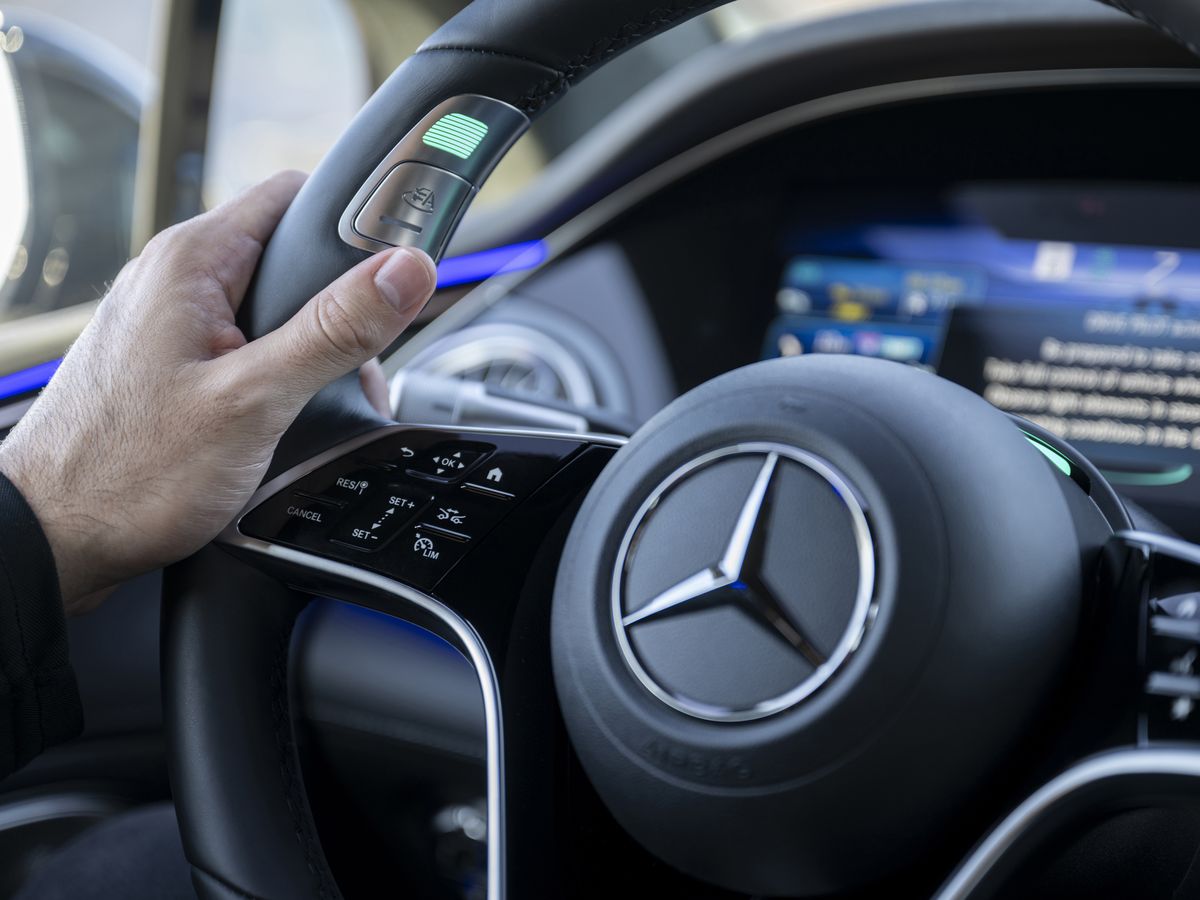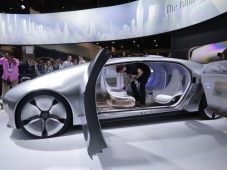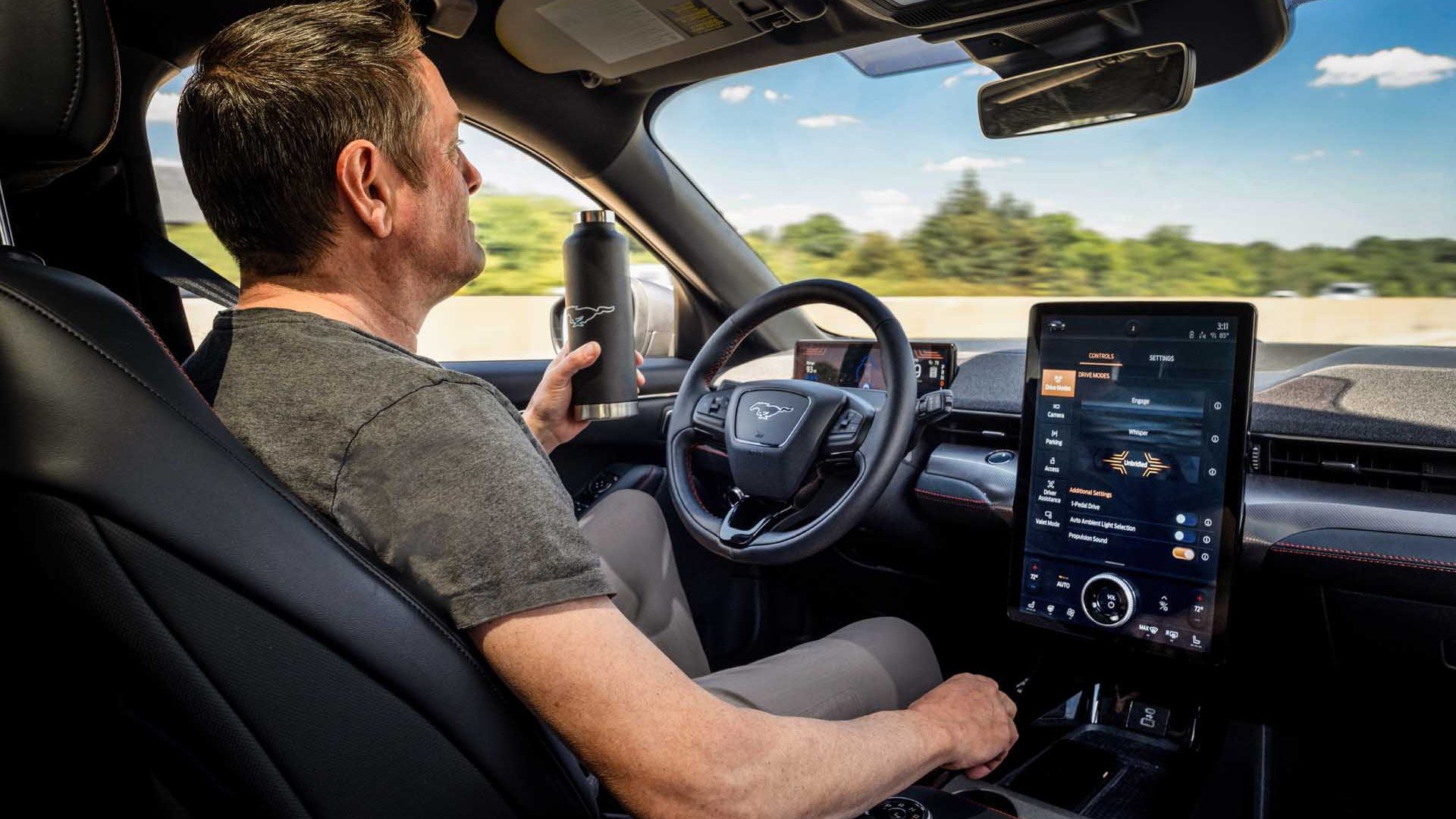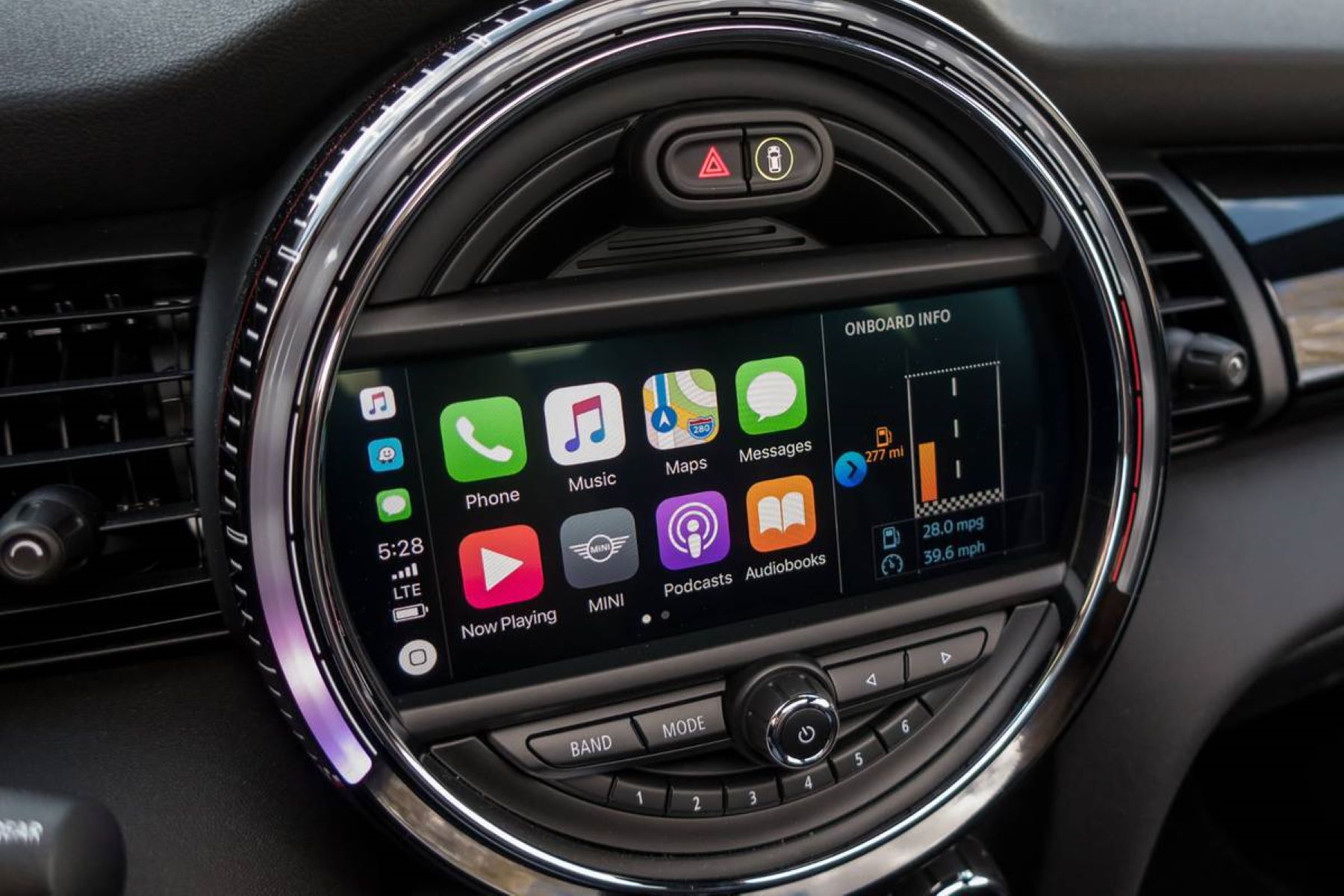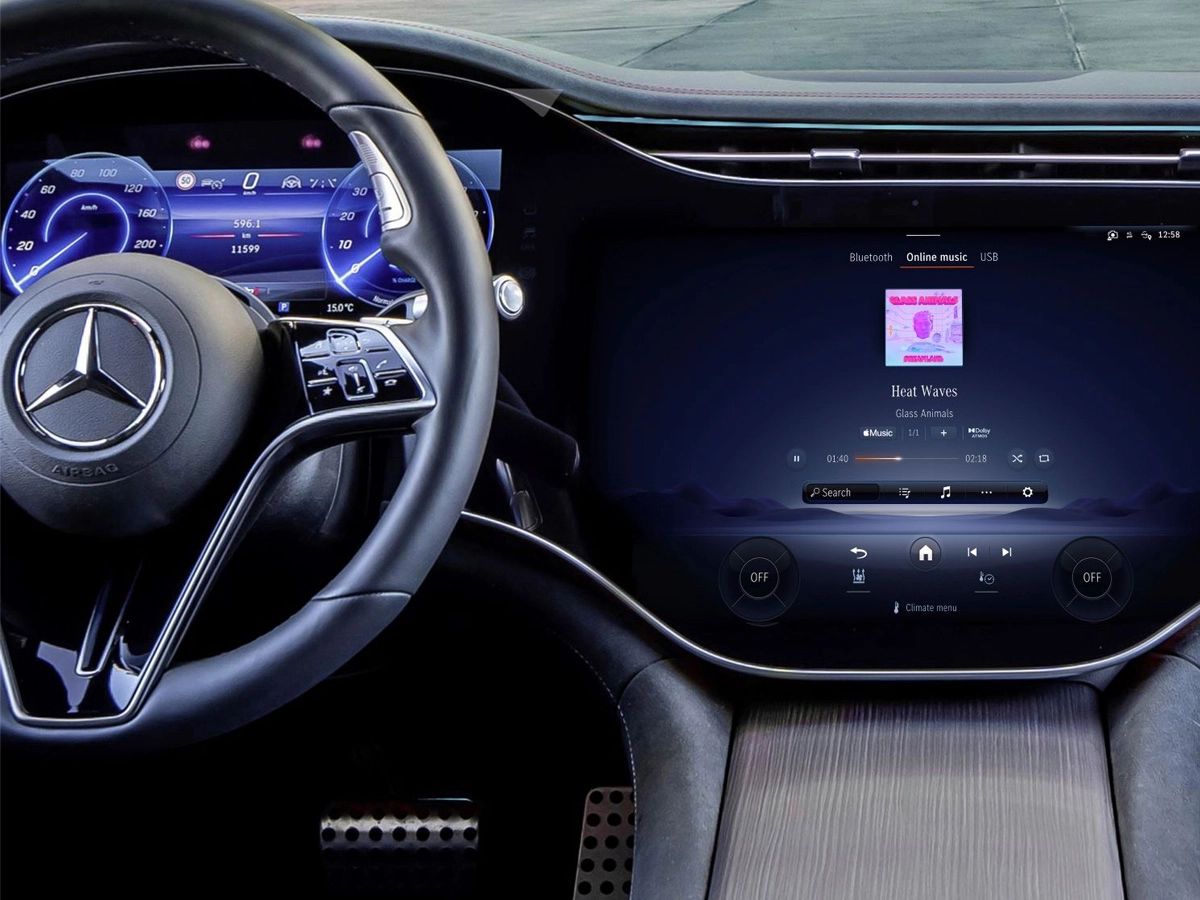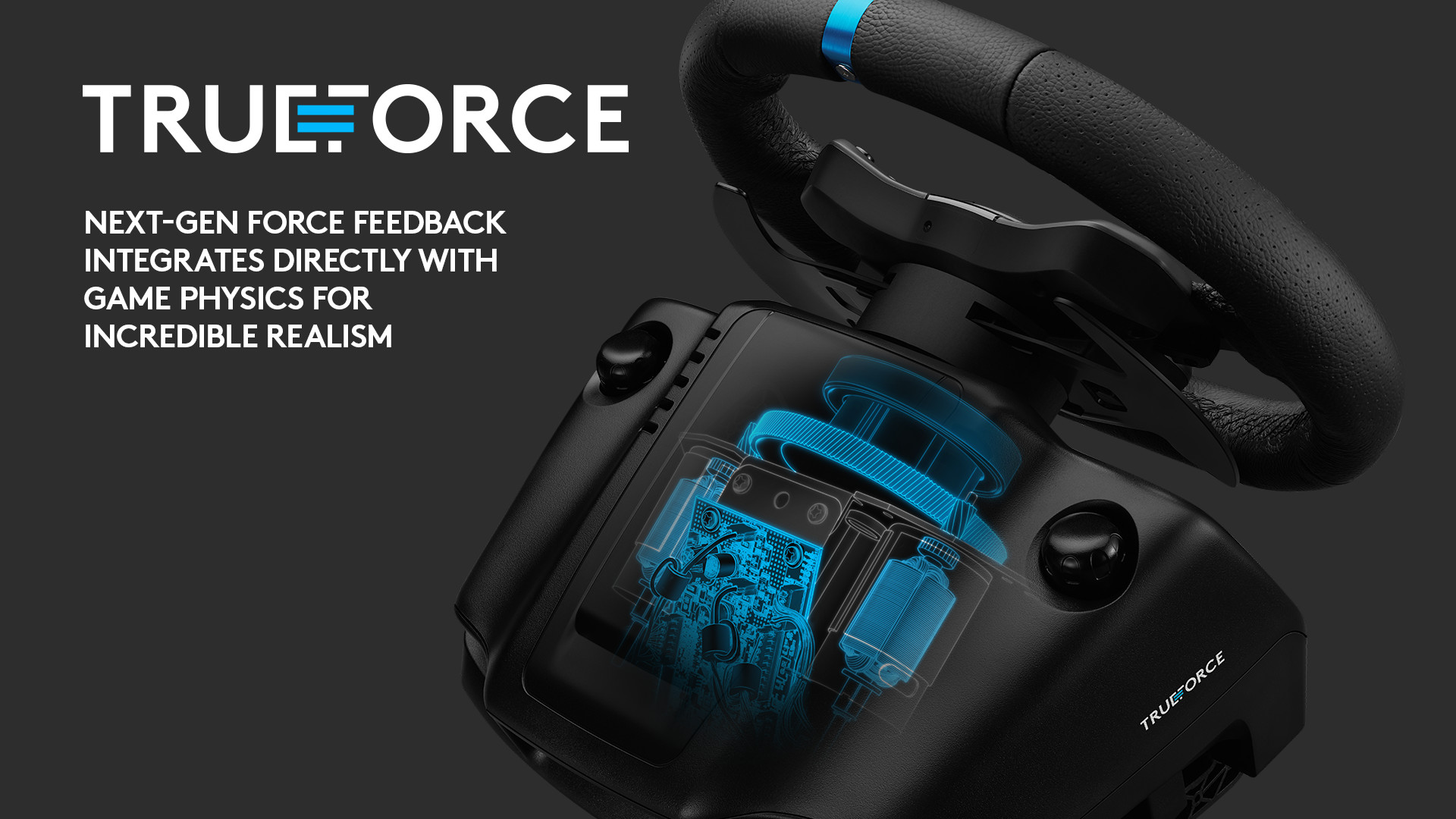Mercedes-Benz is revolutionizing the driving experience with its latest automated driving system, Drive Pilot. This advanced technology allows drivers to sit back, relax, and enjoy the ride while the car takes control. Recently, I had the opportunity to test this system on the congested freeways of Los Angeles, and the results were both impressive and surprisingly mundane.
Key Takeaway
Mercedes’ Drive Pilot is a game-changer in the world of automated driving. With its Level 3 conditional automation and an array of advanced sensors, the system provides a seamless and safe driving experience. While it may initially seem exciting, the reality is that Drive Pilot makes driving almost mundane, allowing drivers to focus on other tasks while the car takes care of the road. As the automotive industry continues to evolve, it is clear that the future of driving lies in the hands of smart and innovative technologies like Drive Pilot.
The Breakthrough: Level 3 Conditional Automation
Unlike its predecessors, Drive Pilot is not just another Level 2 driver assistance system. It has been classified as a Level 3 conditional automation, granting drivers the freedom to take their hands off the wheel and their eyes off the road, under certain conditions. This includes maintaining a speed below 40 miles per hour, driving on a mapped highway, and good weather conditions.
To achieve this level of automation, Mercedes has integrated a range of high-tech sensors, including long-range radar, lidar, a stereo multi-purpose camera, ultrasonic sensors, microphones, and even a moisture sensor in the wheel. Drive Pilot combines all of this information to ensure a smooth and safe driving experience.
Boringly Efficient
During my test drive on the bustling Los Angeles freeways, I must admit that the initial excitement faded quickly. Once the system was engaged and everything was deemed safe, I found myself simply sitting back and enjoying the ride. There were no abrupt movements, no jerky accelerations or sudden braking. In fact, it felt like any other smooth drive, albeit with my hands off the wheel and my eyes off the road.
As the car effortlessly navigated through traffic, I had the freedom to engage in secondary activities. I was able to respond to emails, watch YouTube videos on the car’s large screen, and even enjoy a leisurely read of the newspaper. It was a surreal experience, almost boringly efficient.
The Human Touch
Of course, Drive Pilot is not entirely autonomous. The system is designed to ensure driver engagement and vigilance. If any potential hazards such as pedestrians, emergency vehicles, or construction zones are detected, the system will promptly hand over control to the driver. Audible, visual, and tactile warnings are given, and if the driver fails to respond within 10 seconds, the car will come to a stop, activate its hazard lights, and call emergency services.
Looking Ahead
Mercedes-Benz has been actively seeking regulatory approvals across the United States to roll out its Drive Pilot technology nationwide. The system has already been a success in Germany, with no reported crashes since its introduction in 2022. In the United States, Drive Pilot will be available in the 2024 EQS and S-Class sedans, with an additional cost of $2,500 for the first year’s subscription.







